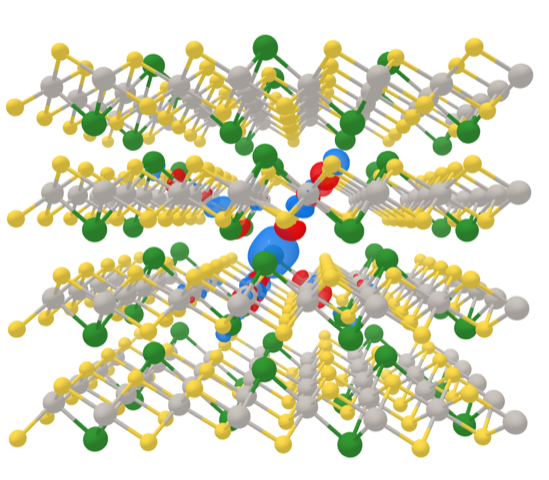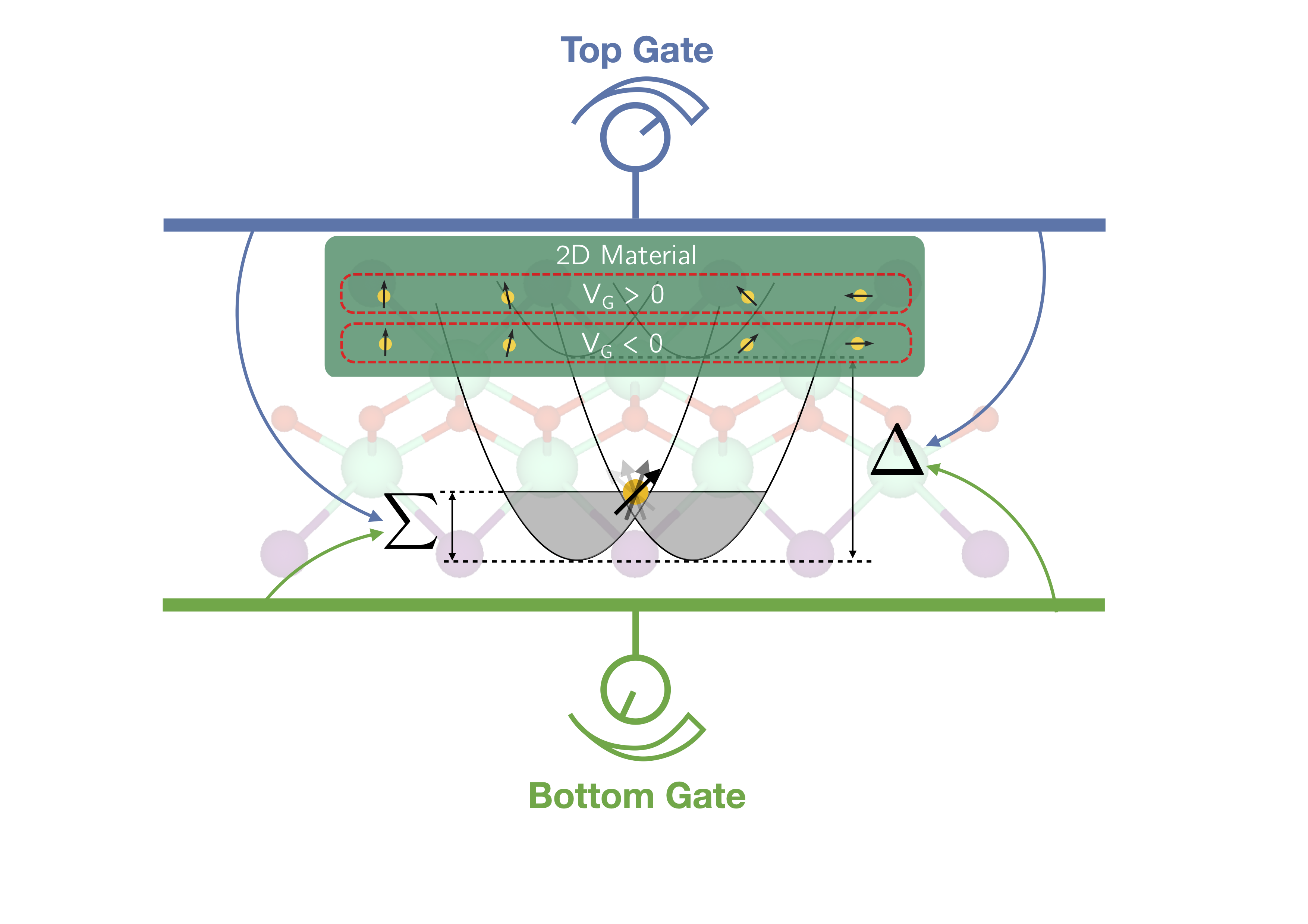
Topological & Quantum Materials
Topological insulators

I have been using first-principles atomistic simulations to discover and study novel 2D materials with topological order. Leveraging materials informatics, I completed a computational screening for novel quantum spin Hall insulators (QSHI) [Nano Letters 19, 12 (2019)]. Here you can interactively explore the QSHI candidates. In the process, I discovered that the naturally-occuring mineral jacutingaite can potentially be exfoliated into monolayers that are Kane-Mele (graphene-like) 2D topological insulators [Phys. Rev. Lett. 120, 117701 (2018)]. Monolayer jacutingaite is a novel QSHI with a large band gap and posses a unique mechanism for electrical switching, thanks to a strong interplay between spin-orbit coupling, inversion crystal-symmetry breaking and dielectric response. See also the news story here. In collaboration with experimental groups, we have have been studying also 3D jacutingaite that we discovered to be a dual topological insulator, where a weak Z2 topological order coexist with a non-trivial crystalline topology described by a mirror Chern number. ARPES experiments and DFT simulations reported the presence of 001-surface states [Phys. Rev. Lett. 124, 106402 (2020)] protected by a mirror Chern number of 2. We unraveled the emergent topology of 3D jacutingaite by extending the 2D Kane-Mele model with an peculiar second nearest-layer hopping term derived from maximally-localised Wannier functions [Phys. Rev. Research 2, 012063(R) Editors’ Suggestion (2020)].
Spin-orbitronics and 2D materials
While conventional electronics encodes information into the electronic charge, spintronics (including the subfield of spin-orbitronics) relies on finding innovative ways to manipulate the electronic spin. This approach brings new functionalities, ultimately delivering multi-functional, high-speed, low-energy electronic technologies. Crucial to progress in the field is the discovery of novel high-performance materials and their integration in devices enabling good control over their properties. Notably, the top-performing spin-orbitronics materials are intertwined with Einstein’s theory of special relativity. In fact, spin-orbitronics materials are characterized by a strong effect called “spin-orbit coupling”: in these materials the core electrons of the heavy chemical elements that are present, travel at enormous speed-comparable to the speed of light-such that relativistic corrections need to be introduced to amend the standard non-relativistic quantum mechanics that would be typically used to compute materials properties.

Quite recently it has been proposed that a very special family of 2D materials, named “R2" and characterized by peculiar local crystalline symmetries, might provide an outstanding platform to realize spintronic devices, in particular spin field-effect transistors (spinFETs). These R2 materials are composed of two sublayers in which the spin of the travelling electrons precesses (i.e. rotates around an axis) in opposite directions due to a strong intrinsic spin-orbit coupling mechanism called the Rashba effect. The spinFET can then be built by sandwiching these R2 2D materials between electric gates to control the spin population of each sublayer, and thus the rotation of the spins travelling through the material. Recently [Nano Letters (2021)], we identified [LuIO] as the best R2 2D material by screening hundreds of materials with high-throughput materials simulations powered by supercomputers. In addition, we studied in full detail how to control its properties with electric gates within the density-functional theory framework, simulating for the first time ever the effect of electronic doping and providing practical guidelines to build and operate 2D spinFET devices.